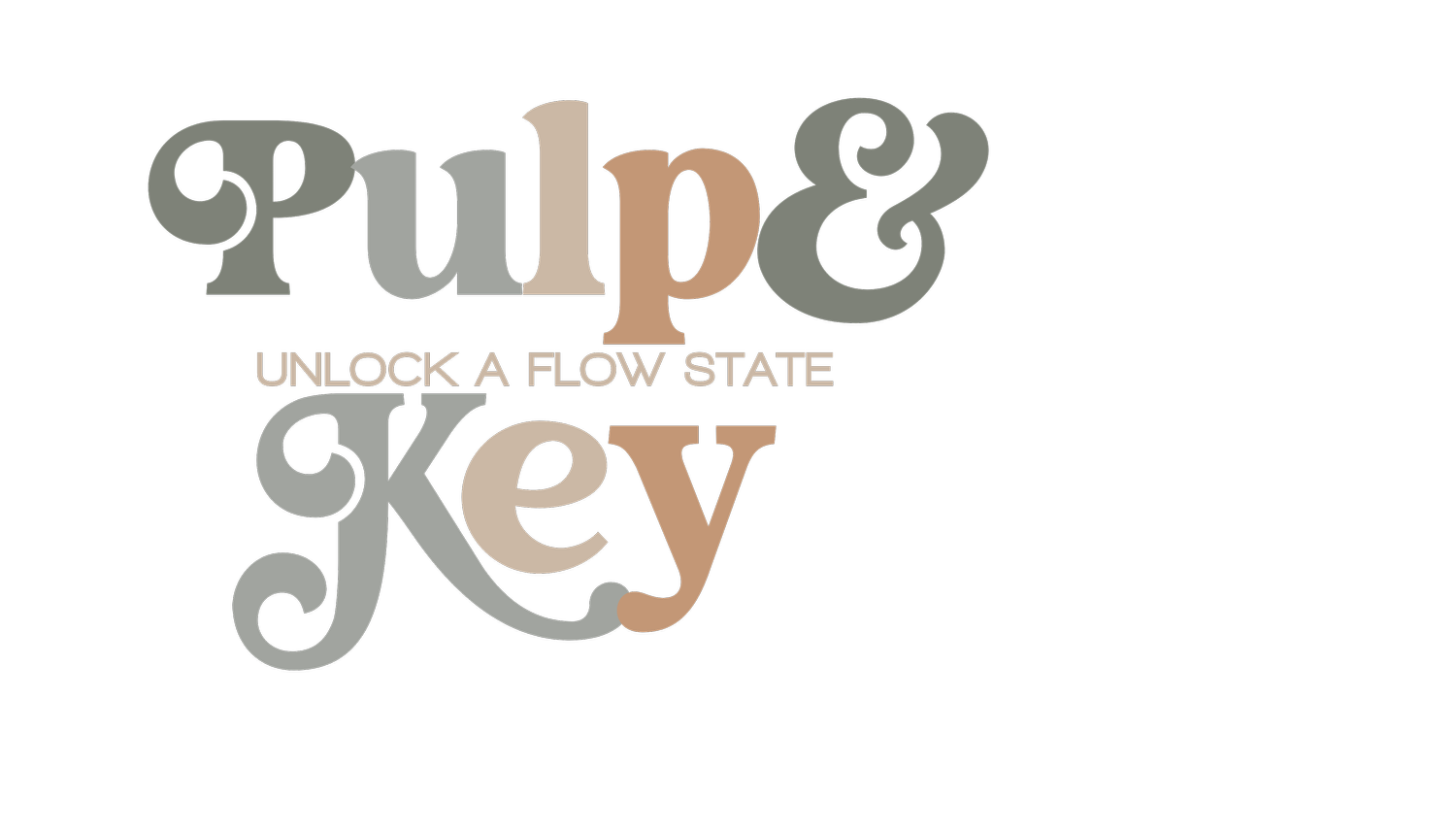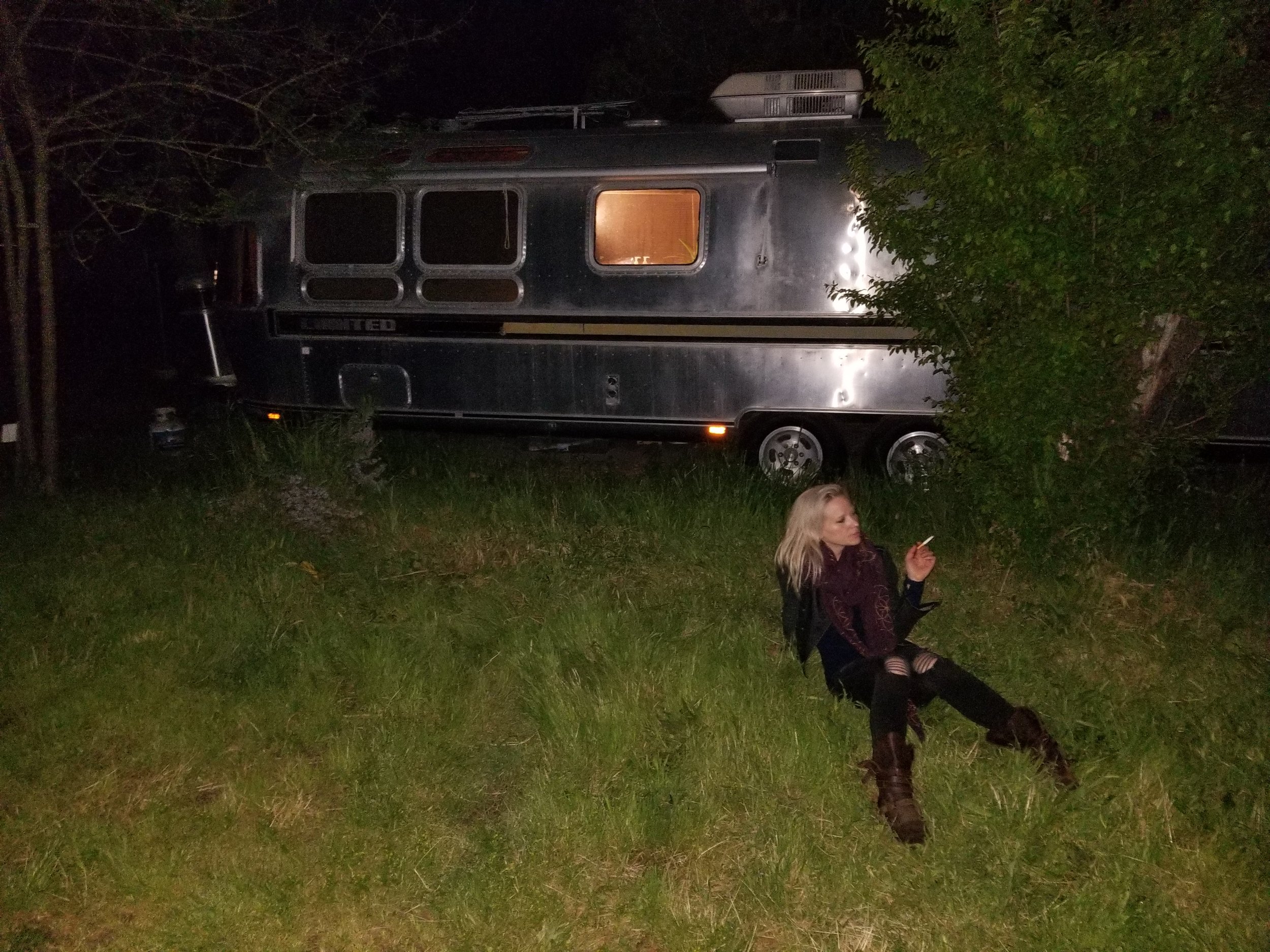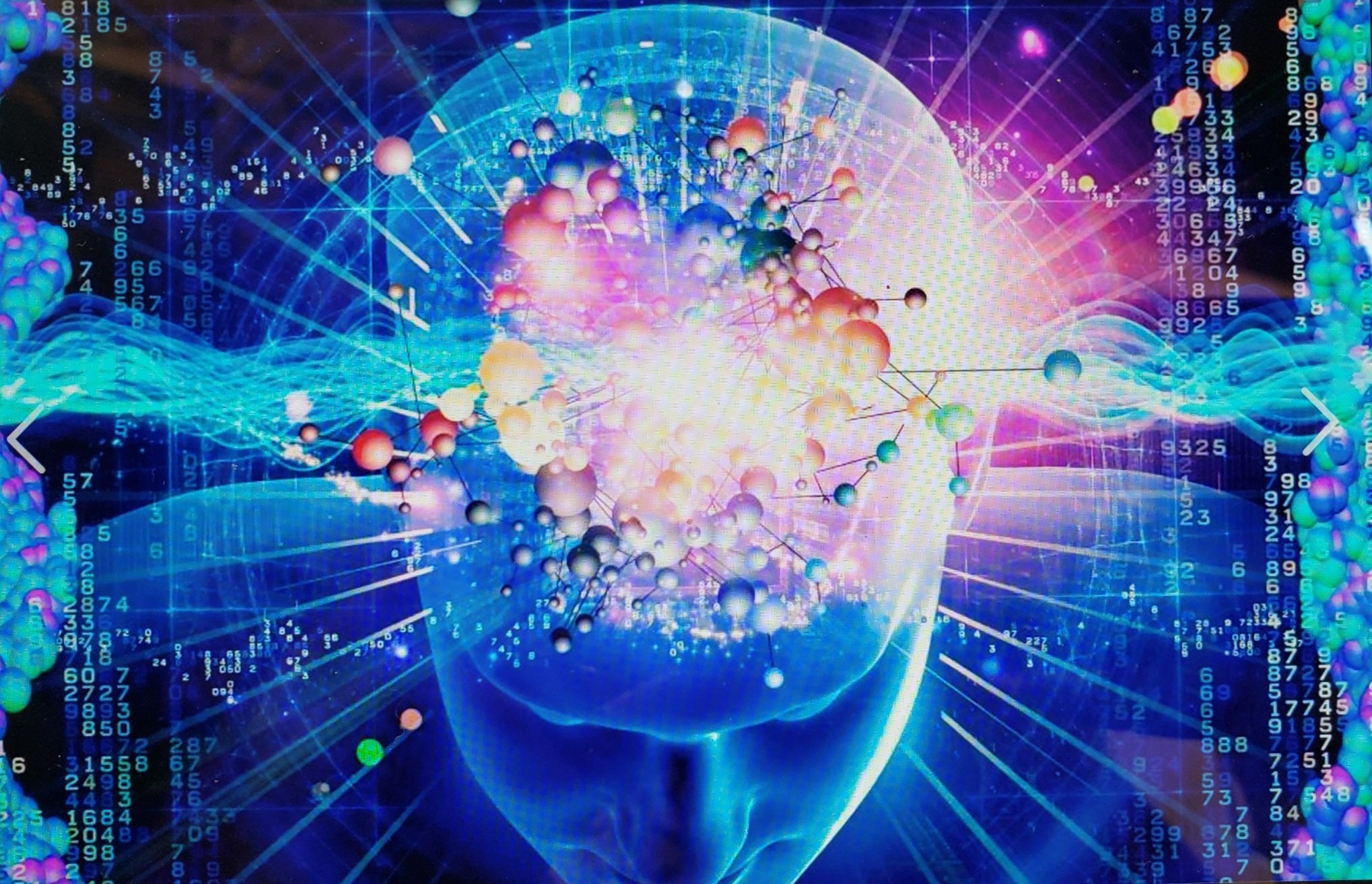
Solve the mystery of writers’ block.
When your writing “machine” shuts down, its trying to communicate with you. If you can figure out the problem, you can fix it.
Non-writers don’t get it. Writers who say “I don’t believe in writer’s block” don’t get it. While it can be helpful to use a different label or to lower your standards in order to move forward, this condition is complicated. Being stuck doesn’t mean you’re lazy or untalented. It doesn’t necessarily mean you need to put on your “big girl panties” or “pull yourself up by your bootstraps.”
Writers tend to be the most challenged of artists—they translate ideas and imagery into code—tiny black marks on a page which are then translated by readers back into ideas and imagery.
Painters may fret about the art world or the price of materials, but they see color as they apply paint—they have sensory feedback. Most painters like to paint. This is why we don’t speak of “painter’s block.”
Many writers only rarely enjoy writing. They tend to have a harder time achieving a flow state than artists in other disciplines.
It’s complicated.
Writer’s block means different things to different writers. It’s a smorgasbord of stress, shame, self-loathing, anxiety, depression, craft and brain obstacles unique to each person.
Beginning writers often have a straightforward problem—they don’t know enough craft, so the glowing masterpiece in their head turns to ash on the page. Their good taste and ideas are ahead of their technique which causes frustration and a crisis of confidence.
They need to master concrete tools and methods—how to write a scene, how to write character’s thoughts, how to write authentic dialogue, how to transition between scene and summary. Once they have basic craft under their belt, there is a tremendous sense of relief and self-assurance to move forward.
Alice LaPlante proposes that:
“Contrary to what you might think, absolute freedom isn't always the most beneficial to creativity. Instead, what psychologists and scientists are finding is that constraints, or limits in choices, are often more conducive to creativity…”
The right combinations of restrictions, readings and exercises can unlock the door to your writing.
Focus Issues and Writer’s Block
If you didn’t grow up with ADHD but sometimes question if you have mysteriously acquired it as an adult, it is possible that your prefrontal cortical functioning has been affected.
This can happen from exposure to trauma. Fear circuitry abnormalities from post-traumatic stress syndrome can affect your focus, clarity, and organizational skills—or shut-down the process altogether. This is more common than you might imagine and a type of writers’ block that is often misunderstood.
When you put massive pressure on yourself to write, particularly as someone who has experienced severe or repeated stressors, that anxiety will stimulate the limbic system, firing off danger circuitry in your brain.
This will cause you to go into a primitive hyperarousal or acute stress response—something appropriate when being chased by a giant, leathery-winged predator, but totally useless for writing.
In fact, when flight or fight response kicks in, you are effectively locked out of the part of the brain that can create! You think you can still write, but you can’t, so you compound the problem with self-abuse (“what’s the matter with you!”) creating an even stronger negative feed back loop.
It doesn’t always get easier.
Advanced writers are more likely to combat creative wounds, structural issues, overwhelm, envy, fear, boredom, brain-fog, flight-or-fight response, the idea factory that won’t close, and book-sabotage.
Published writers struggle with severe book-linked anxiety and depression.
Everyone’s creative path is a little different, so it can help to identify core issues, discuss ways to cope with trauma, fear, overwhelm, boredom, flight-or-fight response and book-sabotage.
The goal is to rescue your writing from fear, doubt, and perfectionism, to help you move forward with courage and, ideally, joy.
The enemy within
Do you self sabotage?
Do you ever feel like you almost have different personalities (though you are not diagnosed with a D.I.D.)?
There is the personality that is bright-eyed, inspired, and determined to do what’s necessary to finish your novel—and then there’s the personality that would prefer to drink a bottle of tequila. Or the personality that wants to curl in a ball and watch 16 hours of Netflix.
Or the personality that thinks now would be a good time to scrub the grout with a toothbrush or do extra unasked for work for your boss.
Or the personality that has the best intentions but finds themselves in a mysterious time warp where mundane tasks take quadruple the time they should. Or the personality that believes what Dad said about you and has a full panic attack when taking even the teeniest step toward a creative goal.
Inside everyone dwells different “parts”—and these parts don’t necessarily work in harmony.
There are the parts that desperately want to achieve your dreams, there are the parts that have checked out, and there are the parts that throw sugar in the gas tank (they all have their reasons).
“Do I contradict myself?
Very well then I contradict myself,
(I am large, I contain multitudes.)”
Walt Whitman
The goal is to transform, integrate, and align those different aspects to work together, so you can achieve your full potential.
As human beings, we habitually write negative mental autobiography: stories in which we are rejected or victimized, and our futures are limited.
These are lies.
Whether you subscribe to the concept that we create our own reality or not, most people can agree that our memories, if not flat-out untrue, are enormously flawed. This is why police must write down everything at the scene of a crime, why eye-witness accounts are notoriously unreliable, and why two family members may have radically different interpretations of what happened Christmas 1992. Even documented memories are subject to incorrect interpretation: X happened, so that means I’m not worthy and will never be a success, etc.
The most current studies in brain science demonstrate the magnitude to which memory, our alleged mooring to reality and identity, constructs the past, rather than simply storing it.
These horrible memory-stories pave twisted, complex, neural highways through our brain that just get more and more traffic.
The late neurologist Oliver Sacks suggested that “It might be said that each of us constructs and lives, a ‘narrative’ and that this narrative is us, our identities.”
We are constructing a false past and our false past is constructing us! This plasticity may seem unsettling, but in fact, it’s great news! If we can construct a negative narrative, we can construct a positive narrative! We can take out the dysfunctional highways and build new, functional ones.
If your creative process were represented by draft horses, would they be tied up in the barn? Or on their knees being whipped to death by the carriage driver? These mental lashings build complex, negative, nueral networks.
There are many useful approaches to rewiring neural pathways and transforming negative beliefs—some take practice and patience—there also some supportive short cuts.
With the use of appropriate energy modalities, you can direct your higher mind to gently dissipate old traumas, release the charge on debilitating memories and beliefs, and begin repairing and rewiring the neural pathways into positive, supportive structures.








